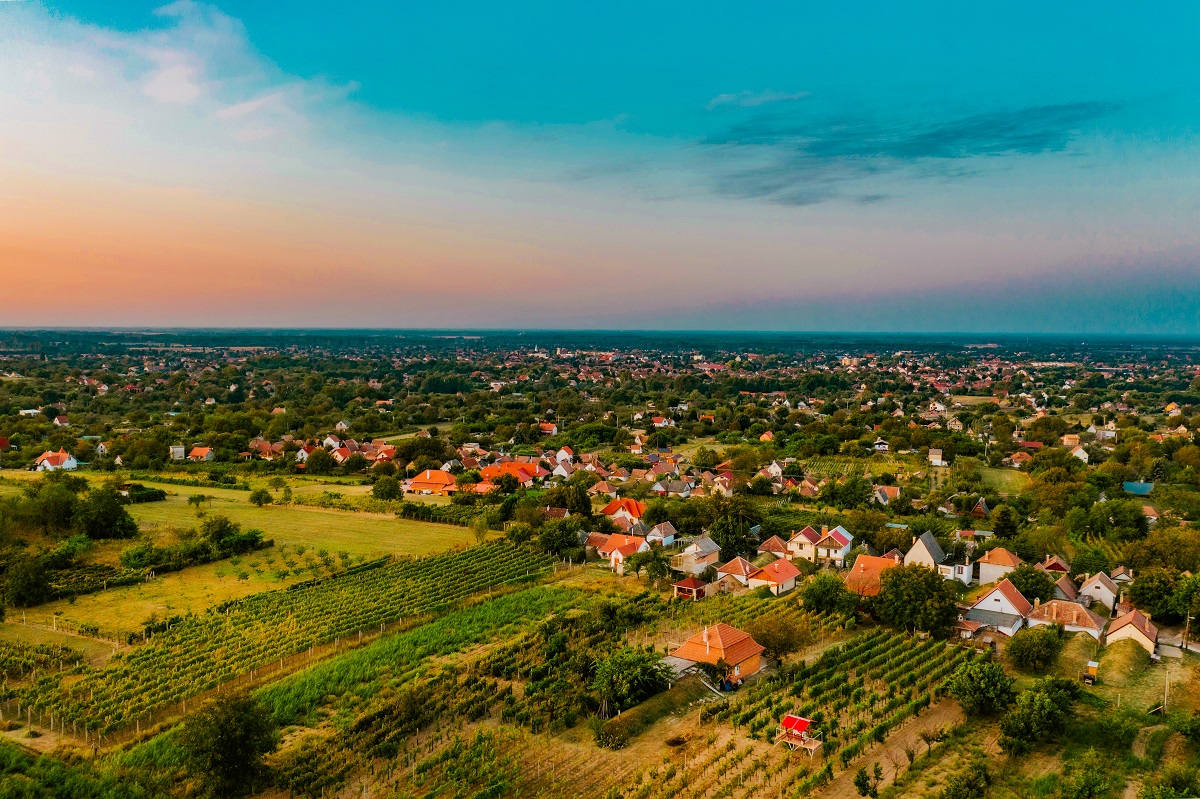New products
Showing all 23 results
Showing all 23 results

The Danube wine region, established in 2006, is Hungary’s largest wine-producing area, encompassing the wine districts of Kunság, Hajós-Baja, and Csongrád, with a total of 24,000 hectares under vine. Located between the Danube and Tisza rivers, this region plays a crucial role in Hungary’s wine production, contributing up to one-third of the national harvest, depending on the vintage. Historically known as part of the Great Plain, the region has undergone a remarkable transformation in recent years. While it was once associated with bulk or lower-quality wines, a new generation of committed producers is working to challenge these perceptions by focusing on clean, enjoyable, and fruit-forward wines made from suitable grape varieties grown in its distinctive soils. The terroir of the Danube region is defined by its flat topography, continental climate, and diverse soils. Summers are hot, winters are cold, and spring frosts are common. The dominant soil type is limestone sand, originating from ancient river alluvium, primarily from the Danube. However, other soil types such as brown forest soil, black earth (chernozem), and alluvial meadow soils are also present, especially in the southern subregions. These soil variations—particularly in Hajós-Baja and Csongrád—give rise to more complex and expressive flavour profiles in the wines. Wines from the Danube region are typically light, crisp, and easy-drinking, often enjoyed as everyday wines. They are not only affordable and accessible but also produced with modern technology to ensure purity, freshness, and reliability. In a market where high-quality table wines are still in demand, these wines serve as an excellent alternative to sugary soft drinks, offering a healthier, food-friendly option for daily consumption. The region’s most common grape varieties include Cserszegi Fűszeres, Ezerjó, Müller-Thurgau, and, to a lesser extent, Kadarka. With the right varietal selection and careful viticulture, producers are able to craft wines that are clean, aromatic, and increasingly well-regarded both domestically and internationally. For the Danube region to fully realize its potential, ongoing efforts are needed not only from winemakers but also from consumers and the wine trade to recognize the quality and character these wines can offer. With growing investment, improved mechanisation, and changing perceptions, this once-overlooked region is now poised to become a key player in Hungary’s modern wine story.